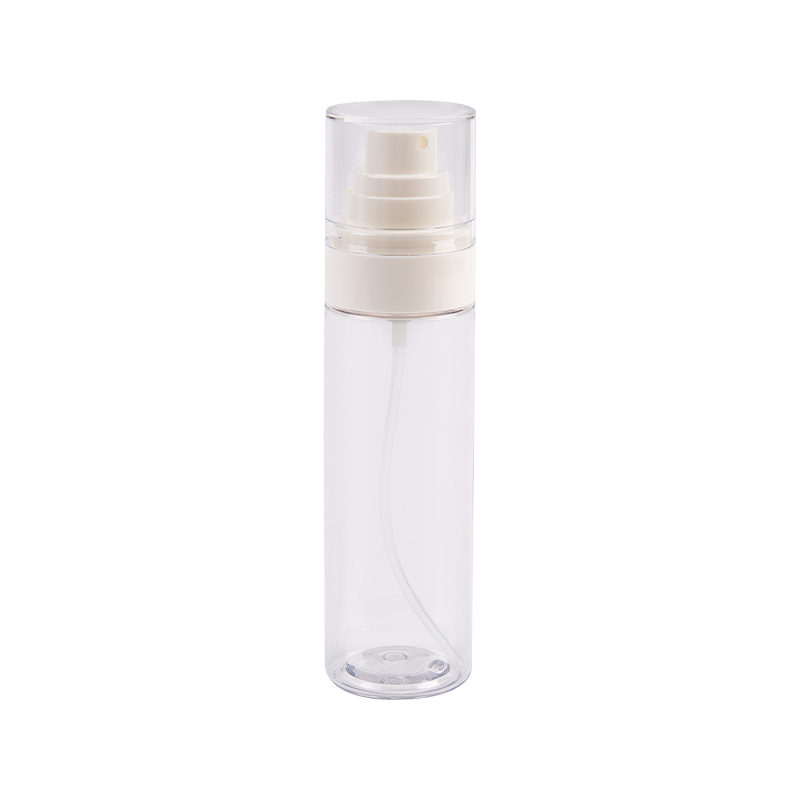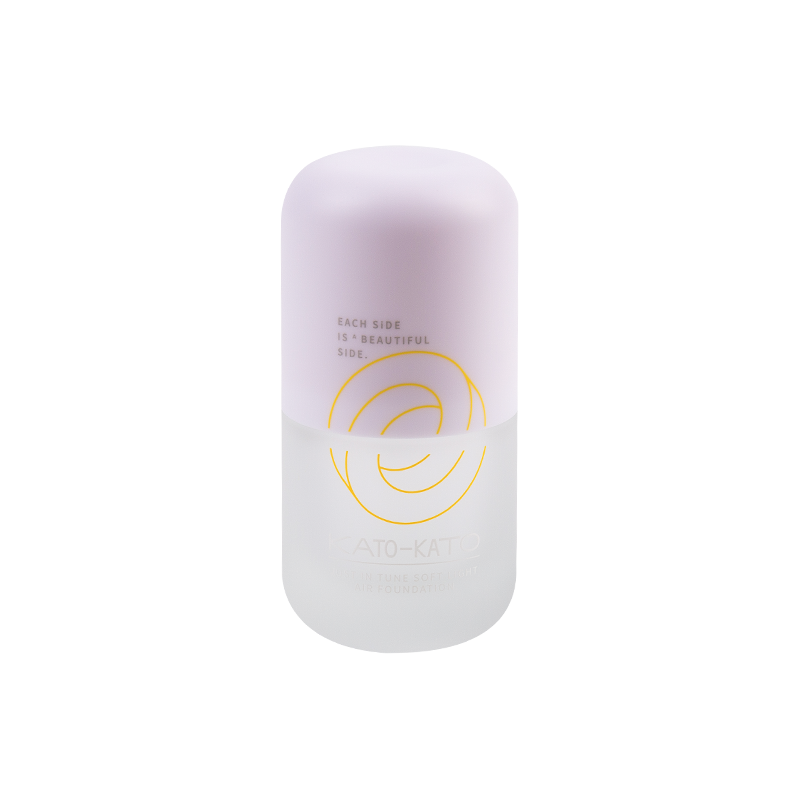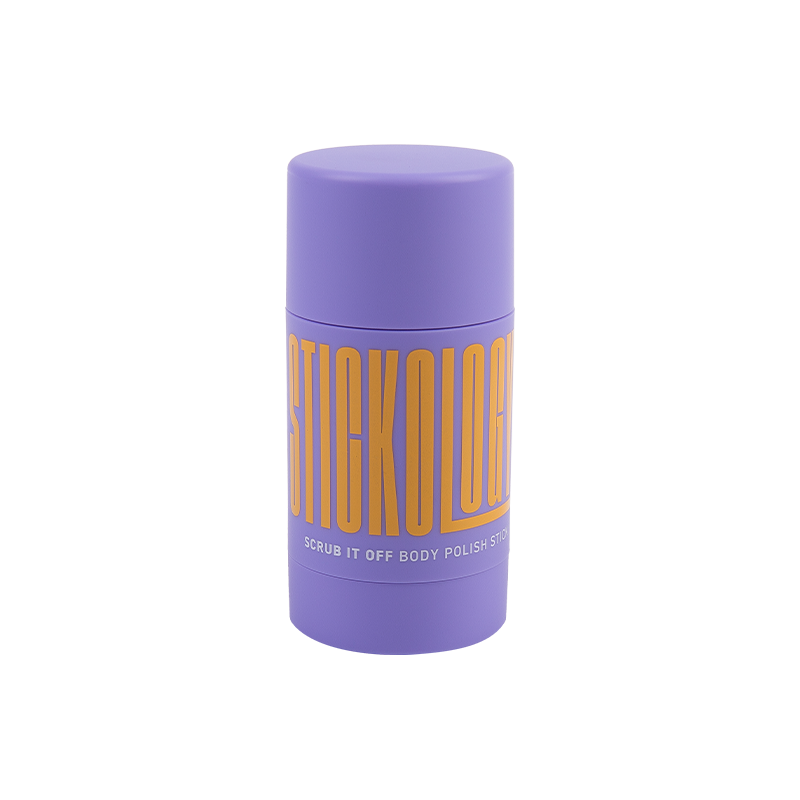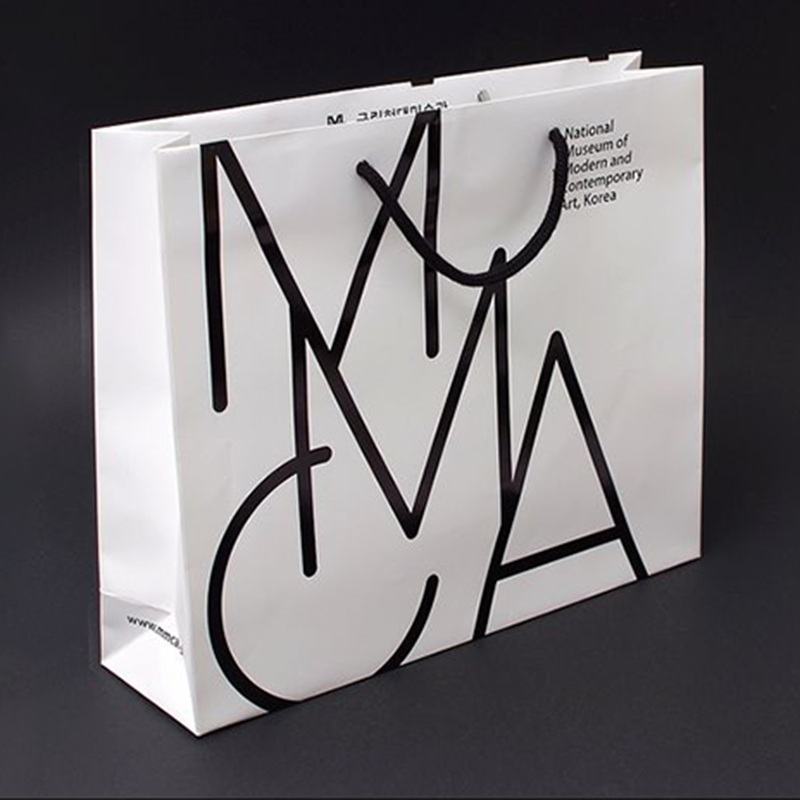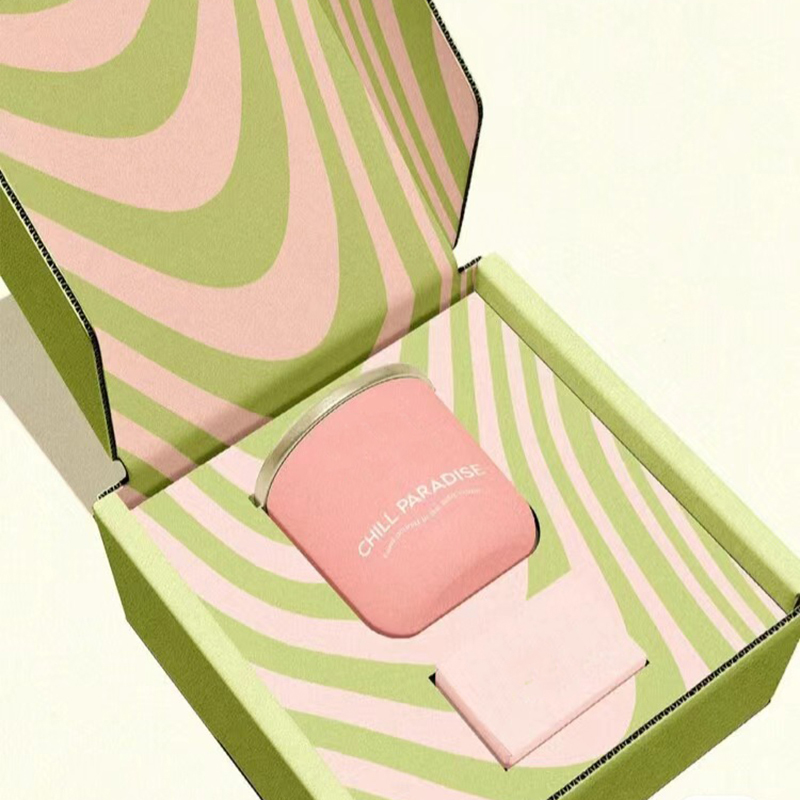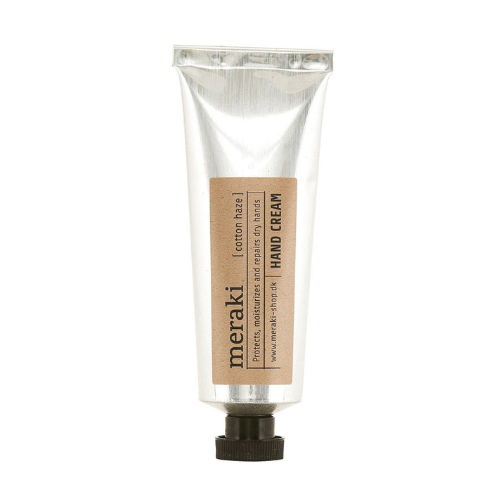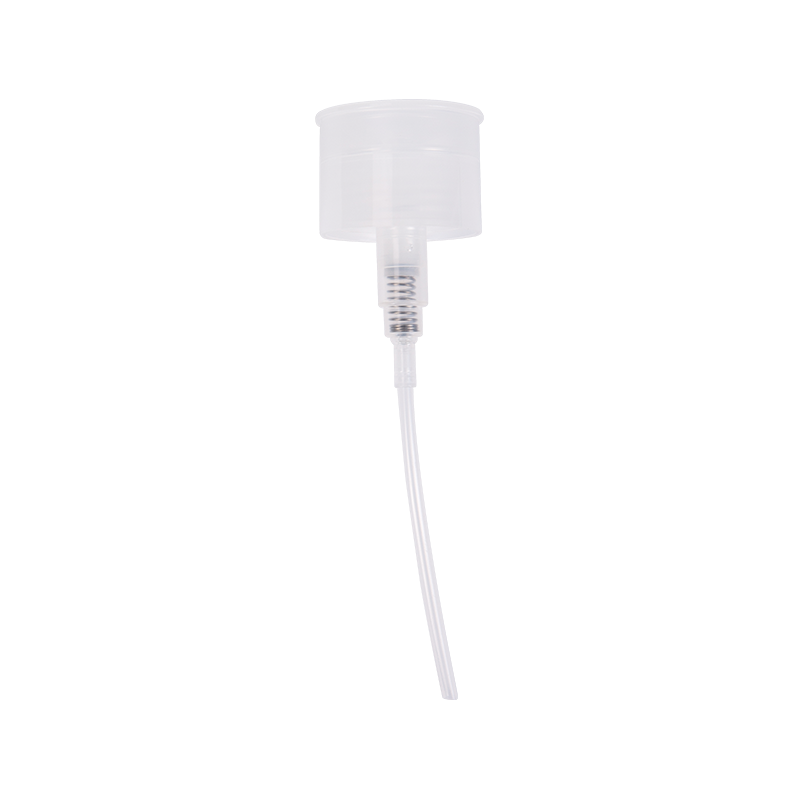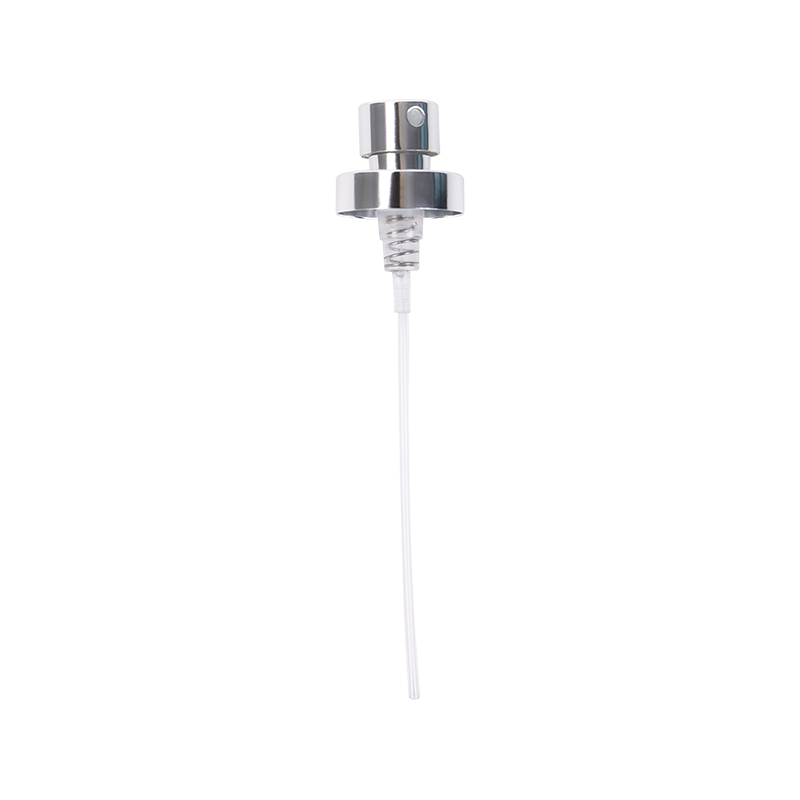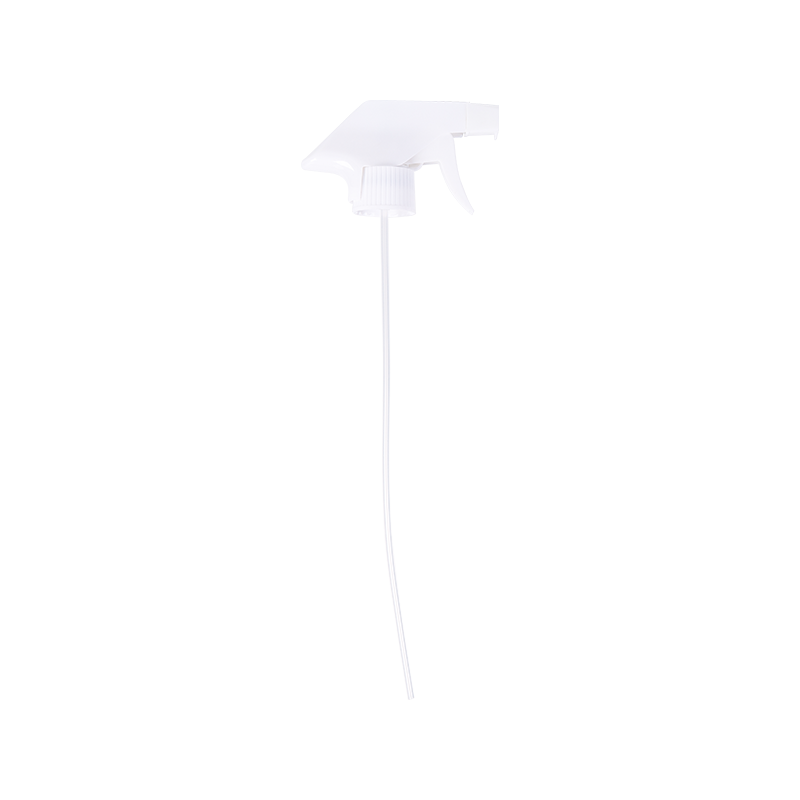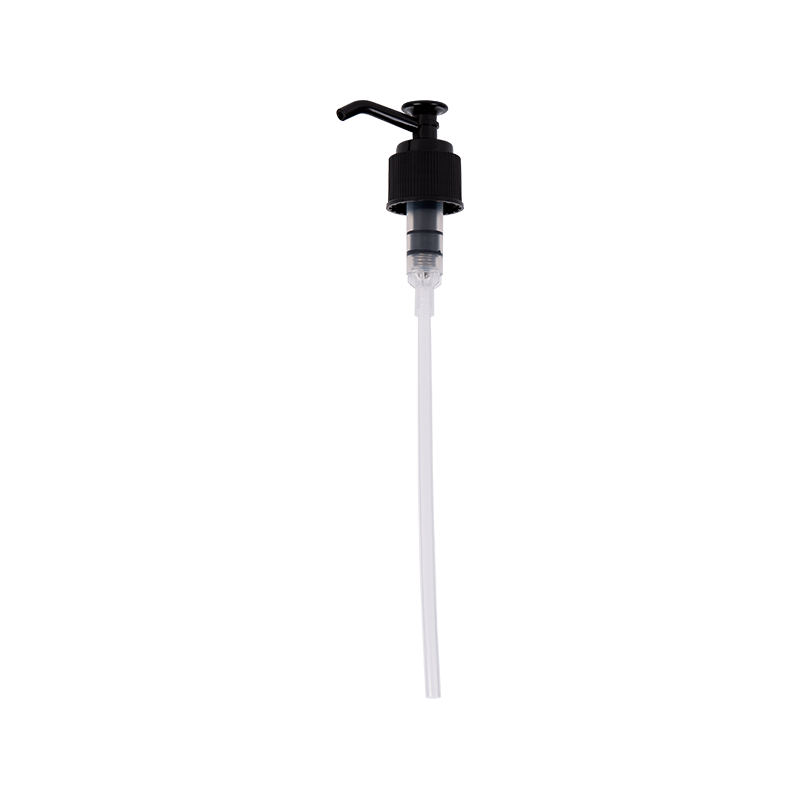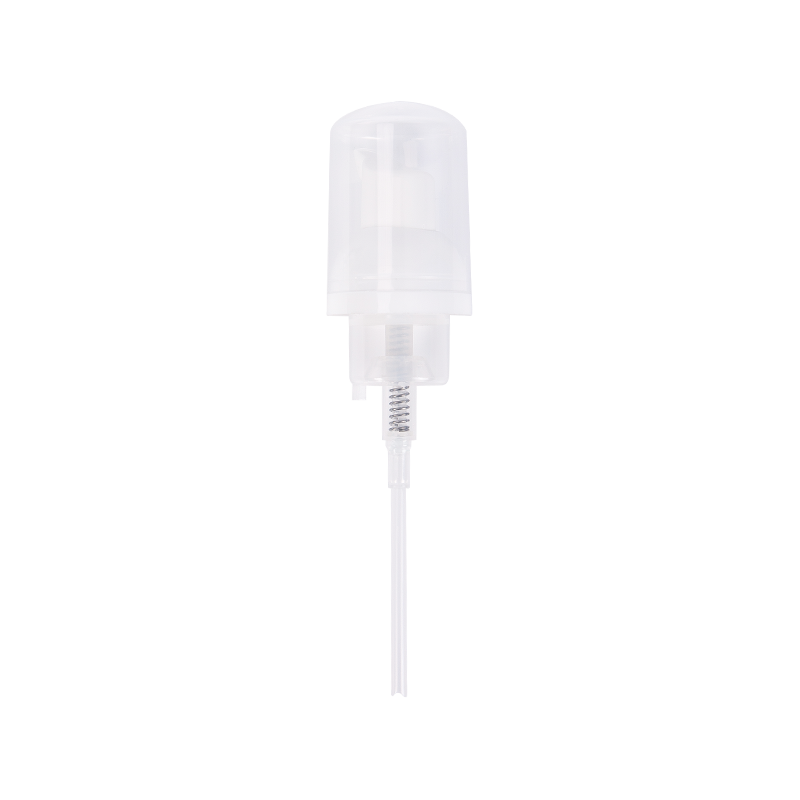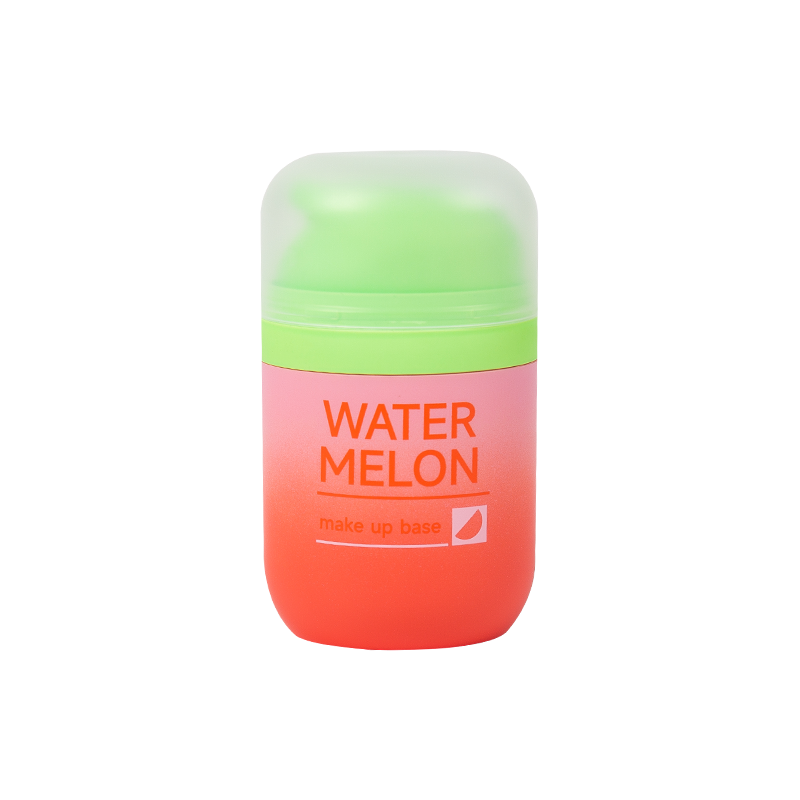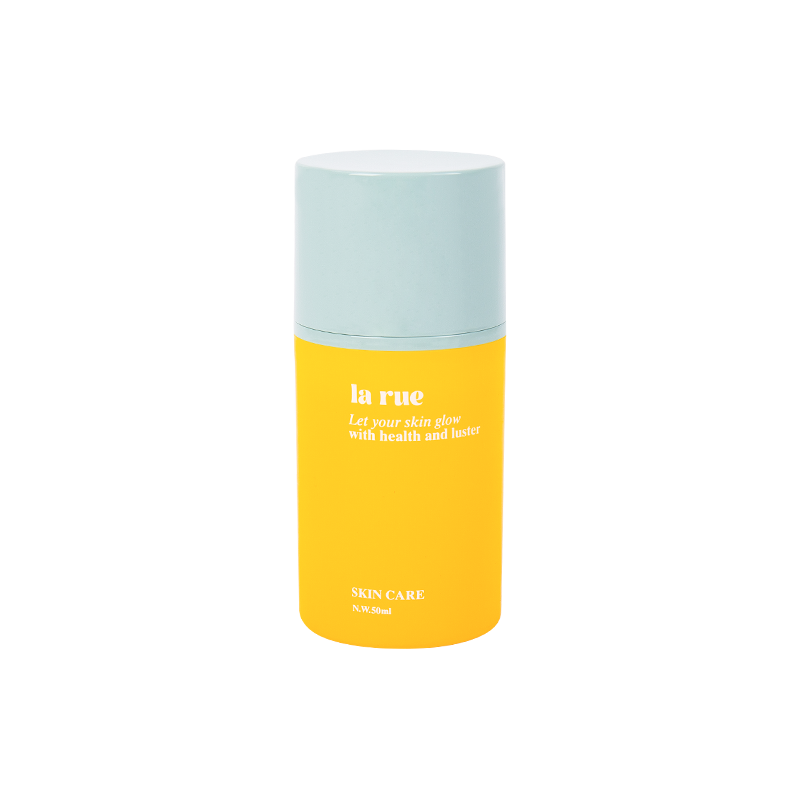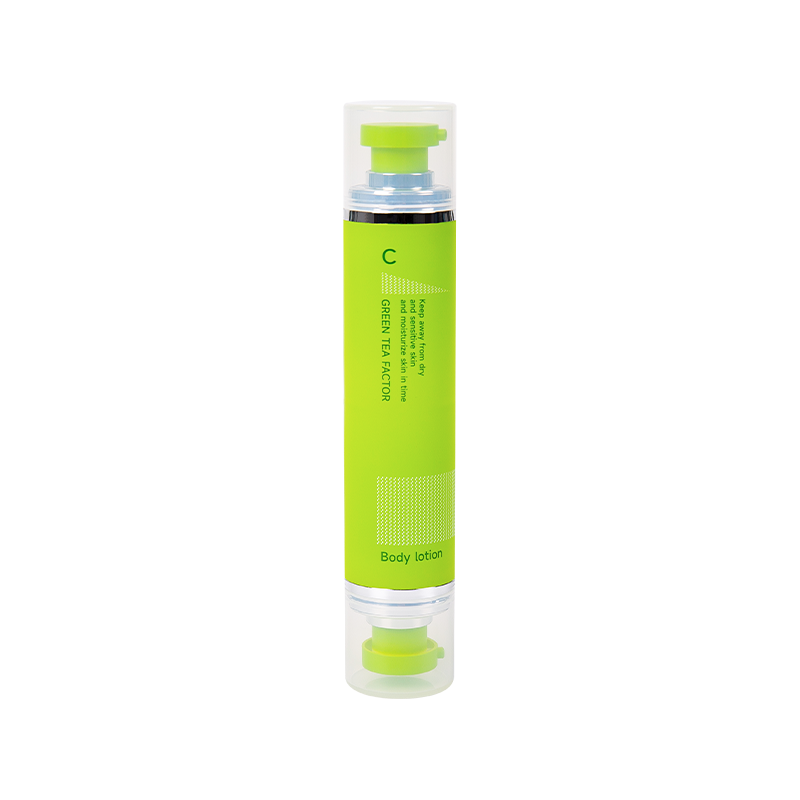Innovation in beauty packaging – the 84.9mm Black Lip Balm Lip Gloss Lipstick Capsule. Crafted with precision and elegance, this capsule is designed to elevate your lip care and cosmetic products to n...
The Essential Role of Facial Toner Bottles in Skincare Packaging
Facial Toner Bottles are much more than simple containers; they are a critical component of the overall product presentation, preservation, and user experience in the competitive world of skincare. The design and material choice of facial toner bottles directly impact the efficacy and longevity of the toner formulation within, and equally, play a significant role in a brand’s commitment to sustainability and aesthetic identity. For both established beauty houses and emerging indie brands, selecting the right packaging for their facial toners is a decision that balances functional necessity with market appeal.
Materials and Preservation: The Science of Facial Toner Bottles
The primary function of facial toner bottles is to protect the product from degradation caused by light, air, and contamination. Given that many toners contain active ingredients like $\text{AHA}$s, $\text{BHA}$s, vitamins, and delicate botanical extracts, the packaging material is paramount.
Glass Facial Toner Bottles
Glass facial toner bottles are highly valued for their luxurious feel and inert nature. Glass does not react with the chemical composition of the toner, ensuring the integrity of the formulation is maintained. Often, amber or dark blue glass facial toner bottles are chosen to filter out damaging $\text{UV}$ light, which can degrade sensitive ingredients, particularly those with antioxidant properties. While heavier and more fragile, glass remains a premium choice, and its high recyclability contributes positively to a brand’s green credentials.
Plastic Facial Toner Bottles (PET and HDPE)
Plastic facial toner bottles, particularly those made from $\text{PET}$ (Polyethylene Terephthalate) or $\text{HDPE}$ (High-Density Polyethylene), offer a lightweight, shatterproof, and cost-effective alternative. $\text{PET}$ is commonly used for its clarity, allowing the user to see the product. When clear plastic is used, brands must ensure the toner formulation itself is stable enough to withstand typical light exposure or instruct users to store it away from direct sunlight. The sustainability challenge with plastic is often met by using post-consumer recycled ($\text{PCR}$) plastic, making these $\text{PCR}$ facial toner bottles an increasingly popular choice for eco-conscious brands.
Dispensing Mechanisms: Enhancing User Experience
The dispensing method of facial toner bottles is key to a clean, controlled, and satisfying application. The right closure can minimize product wastage and prevent leakage.
Screw Caps and Orifice Reducers
The most traditional form is a simple screw cap. To prevent spills, this is often paired with an orifice reducer, a small plastic insert that limits the flow of liquid, allowing the user to saturate a cotton pad with precision. This is a cost-effective and highly reliable option for facial toner bottles.
Pump and Spray Closures
For toners formulated as mists or those designed for direct application to the skin, fine-mist spray pumps are used. These atomizers ensure an even and light distribution. Alternatively, a simple pump dispenser can be added to facial toner bottles for controlled, single-dose dispensing, which is particularly favored for exfoliating or more potent toner formulations where moderation is necessary.
Design and Market Appeal: The Aesthetics of Facial Toner Bottles
Ultimately, the appearance of facial toner bottles is a primary driver of consumer purchase. The packaging serves as a brand’s silent salesperson on the shelf. Modern trends favor minimalist facial toner bottles with clean lines, transparent or frosted finishes, and sophisticated, uncluttered labeling.
Size differentiation is also important, with brands offering small, travel-friendly facial toner bottles in addition to larger, value-sized units for home use. The shape—whether cylindrical, square, or custom-molded—contributes to the brand’s identity, allowing it to stand out in a crowded market. A well-designed facial toner bottle elevates a daily skincare routine from a chore to a ritual.



 中文简体
中文简体
